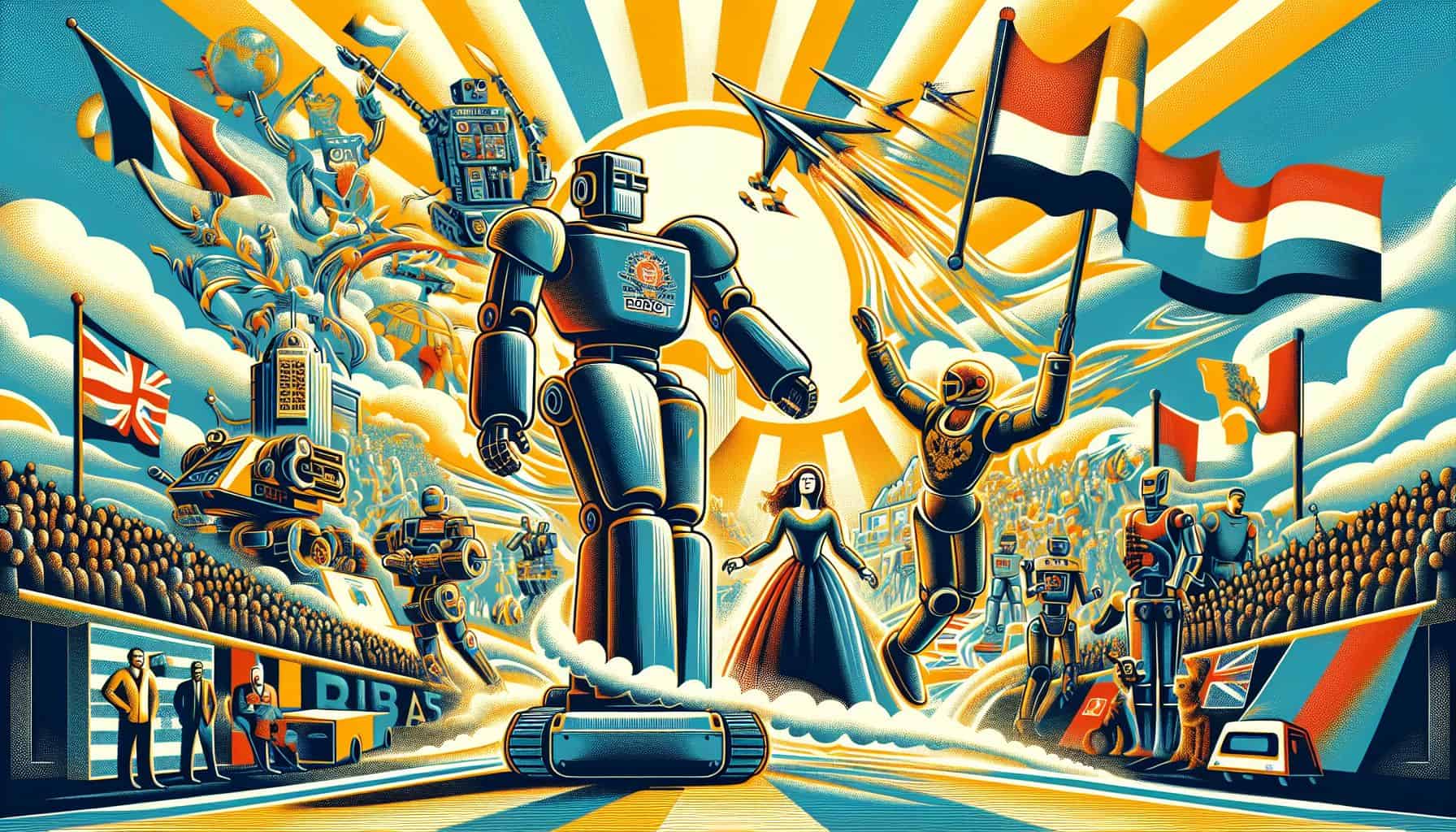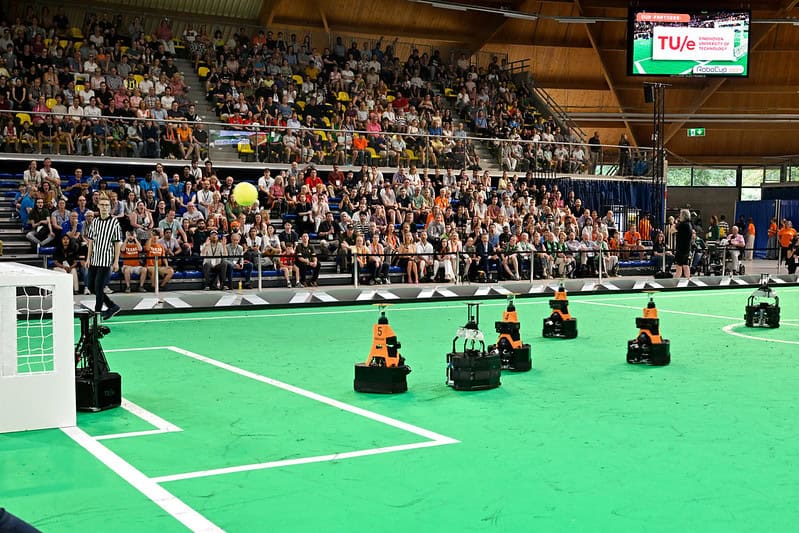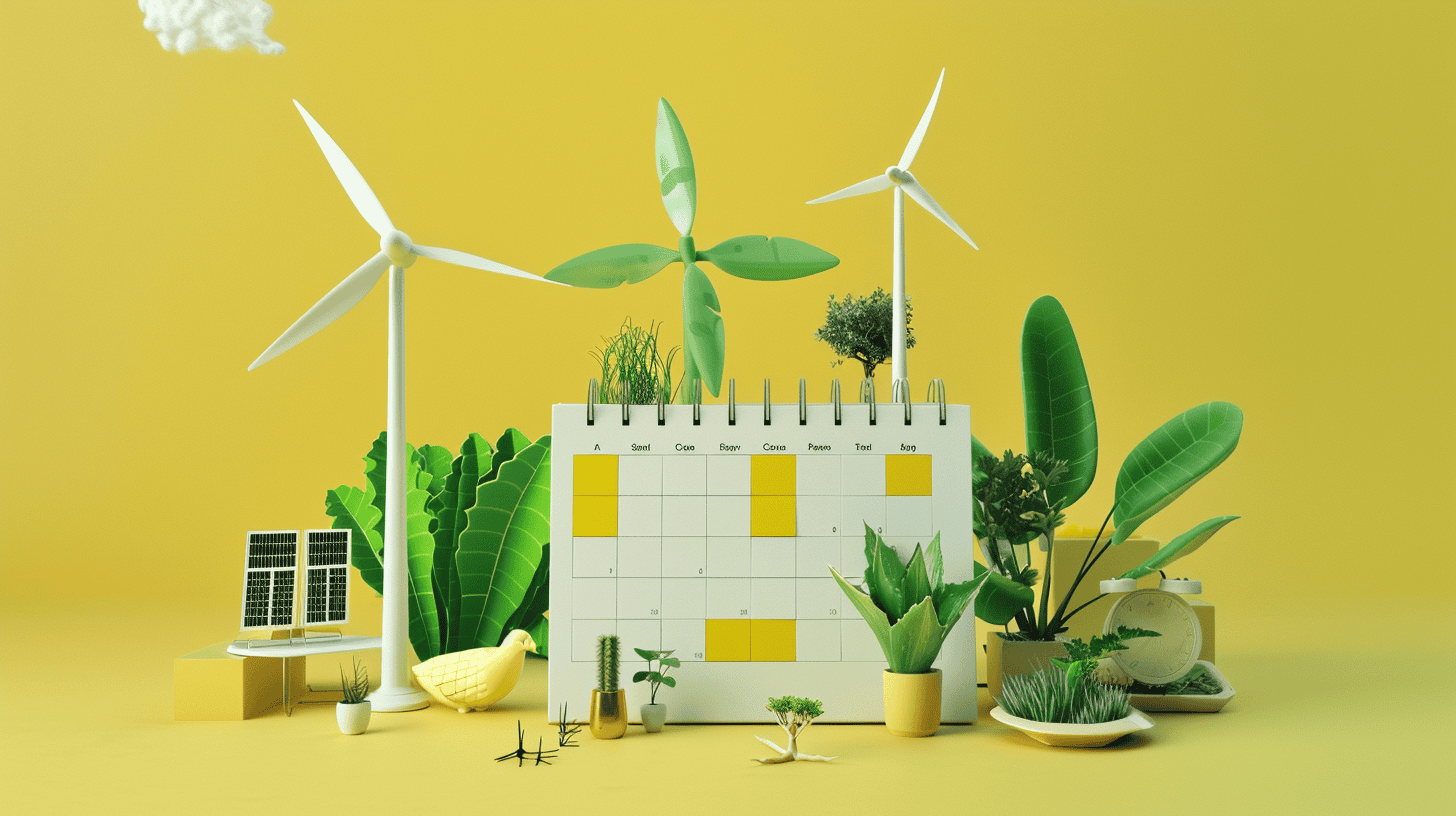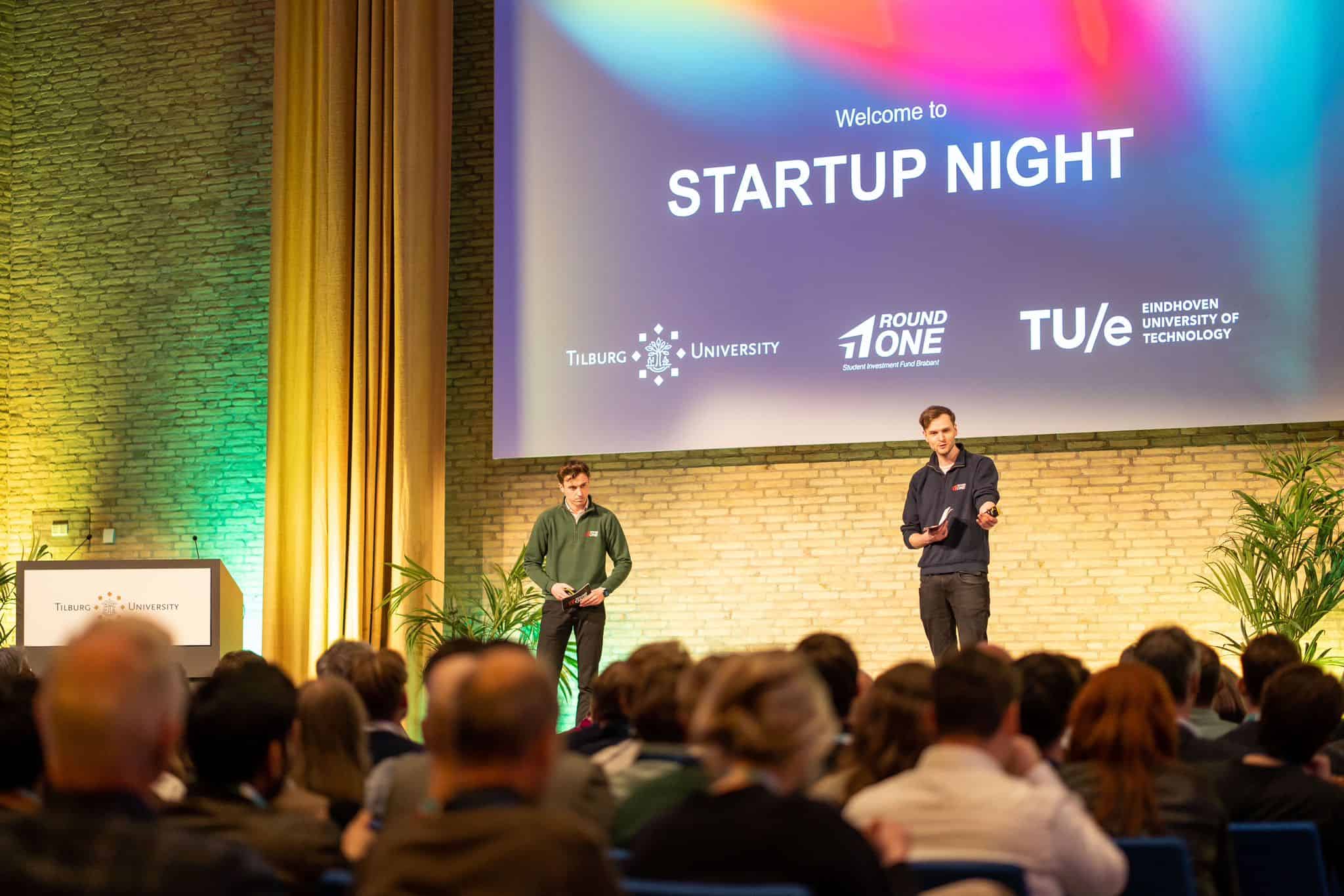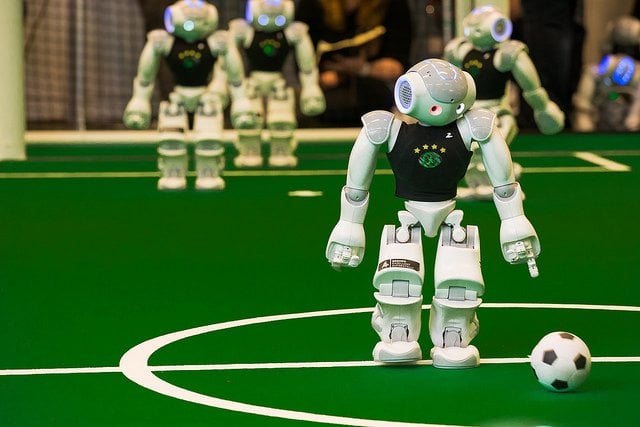
As a result of the worst qualification rounds in decades, the 2016 UEFA European Football Championship has to do without a Dutch team this year. But while all the top countries are competing for the finals in France, the world’s second runner up (the Netherlands ended third at the last World Championships) is focusing on a different soccer goal: the RoboCup.
For eight years in a row the TU Eindhoven soccer robots have contested the final of the robot soccer World Championships, the RoboCup, winning in 2012 and 2014 but having to be content with runners-up spot in the other six years. This year again the TU/e team is gunning for the trophy, pinning its hopes on better ball possession. The TU/e care robot team is also hopeful of winning its RoboCup category, the @Home League. The Eindhoven care robot already gained the upper hand on the reigning world champion earlier this year.
The aim of the RoboCup tournaments is to accelerate the development of affordable and reliable autonomous robotics. Like robots that assist in the home, to help older people live independently at home for longer. With the rules becoming increasingly stricter and with teams sharing their knowledge after each tournament (which is obligatory), the technology is progressing fast.
The combined goal of all the RoboCup federation is to beat the human world champion soccer in June 2050. To get there in time, after every championship the newly acquired techniques are shared among the competitors.
Better ball possession
The soccer team’s technicians have been doing a lot of work on the robots ahead of this year’s World Championships, which started this week in Leipzig, especially in the area of ball possession. “The interception of long passes has improved along with winning the ball in a duel”, TU/e’s Ivo Jongsma explains. “Keeping possession has also been improved: the robot with the ball is now given the best possible protection by a teammate while the attacking play of the Eindhoven robots has gone up a notch since the last World RoboCup. Rising shots on goal have become more accurate and a new free-kick variation involving three players has been developed.”
The soccer robots are around eighty centimeters in height, mobile and specially made for soccer. They play in five-a-side matches using a real soccer ball. Each robot in the team thinks and plays autonomously, with no human control. So you won’t see any joysticks.
@Home
The @Home League is a competition for robots that act as helpers in the home. The matches consist of challenges, like taking orders for drinks and then serving these in the right place. Jongsma: “The TU Eindhoven robot, AMIGO, came second in the 2014 World Championships, and earlier this year beat the reigning world champion at the RoboCup European Open in Eindhoven. So expectations for the team are high. This year AMIGO has acquired better grasping techniques and is better able to recognize and follow people.” The successor to AMIGO, called SERGIO, is not yet quite ready but will still take part in a few challenges.
The finals for the RoboCup 2016 are on Sunday 3 July. Around 3500 participants from more than 40 countries are are fighting for the win. The matches of the Eindhoven team can be seen live on the team’s live stream www.techunited.nl.



